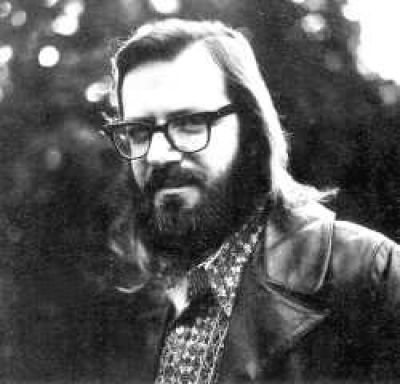Kris
The Farthest Reaches is a curious anthology. Even though it is among the earliest of works in the anthology boom (coming out less than a year after Dangerous Visions and around the same time as Orbit 3) and many of its stories were acclaimed and reprinted multiple times, it is rarely afforded so much as a footnote in SF histories. I wonder if part of the reason is that Elder is specifically conservative in his introduction, favouring a “sense of wonder” over “literary pretensions”. However, he includes some of the best writers of the time from all stripes and so ends up producing a great collection with a higher hit rate than many of its contemporaries.
For me, Carr’s story is the jewel in the crown. What it manages to do successfully is what so many other authors try and fail at. Creating an another species with a completely alien mode of thought.
And it explains it a way that is so clever, we are told a story that is a story about a story. As such it can take multiple reads to unpack but to do so is quite rewarding. The Loarra, as an energy based life-form, simply do not conceive of the universe in the way us carbon-based lifeforms do. As our narrator says:
“I was ambassador to a planetful of things that would tell me with a straight face that two and two are orange.”
Now to us that may be nonsensical. However, if you consider it as points on the EM spectrum the increased frequency would move to orange, whilst the suggestion that it would merely make twice as much red light would be absurd.
And this is where we get to the heart of the conflict. Trying to establish a trade delegation for metal for energy creatures without a system of commerce, would be like saying to us we will listen to your Theta Brain Waves from orbit for the letter M. We would probably be a bit confused and let them get on with it.
So, the killing of the forty-two miners and the destruction of their equipment is like the story, a new change and the eating of a foodbeast.
They are themselves energy and energy cannot be created or destroyed only changed. So if all lifeforms are energy then there can be no murder. If Pur is the thousand-million-billionth variation of the story version of themself, how can they understand that it is wrong to make a second form of these visitors?
Brian
Carr made an challenge for himself with this one, in that he seemed to ask himself: “How can I write about an alien race that is sentient, of intelligence equal to or greater than man’s, yet so different as to be unreconcilable?” How can a race be so different that there simply is no room in the middle where the two races can meet? We’re told at the beginning that the mining expedition was a disaster, that dozens of people were killed and that the narrator alone (well, not alone, but close) has escaped to tell us. This is almost a bait-and-switch since it implies the aliens killed the explorers, which they did — but not out of malice or anything. Death simply does not mean the same thing to them as to us.
A line attributed to Arthur C. Clarke says that if we were really to make first contact with alien life that they would be akin to angels or devils. Carr very much goes that route, as the aliens are so different, their morality and even their biology so incompatible with man’s, the just interacting with them poses a mortal threat. This is a deeply pessimistic view on contact between races, and at the time, as I think now, it’s in the minority position. In first contact narratives there will be conflict, of course, but ultimately the two parties can meet, more often than not. Clifford Simak sort of made a career out of postulating that relations between humans and aliens would likely be amicable, so long as there’s a shared interest (commerce, religion). But Carr does not present such optimism. The expedition is doomed and so will future attempts be in all likelihood.
This is a complex story. It’s a story-within-a-story where the difficulty in reading it comes from trying to understand what the narrator is saying — not because the narrator is unreliable in the traditional sense, but because he genuinely struggles to describe what he has seen. It’s like when people call Joseph Conrad a difficult writer: the man’s work is hard to read because he found English hard to write.
Kris
One question though, did you like it?
Brian
I respect it, but I can’t say I… liked it? I didn’t enjoy it, which is normally a prerequisite for me liking something. But also not everything is supposed to be enjoyed in a hedonistic fashion.

